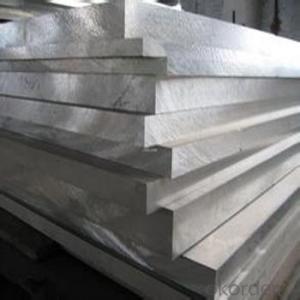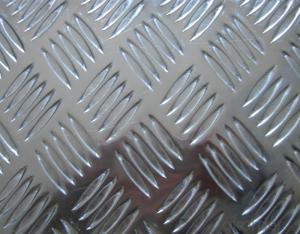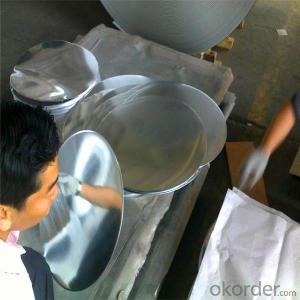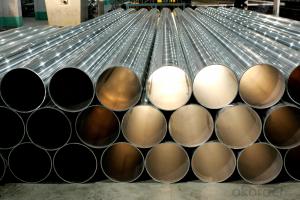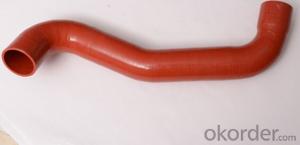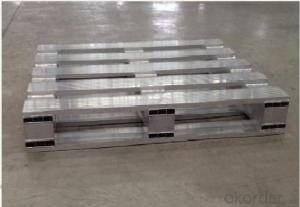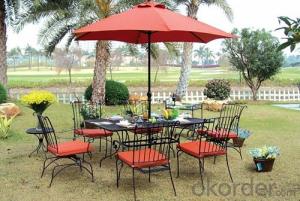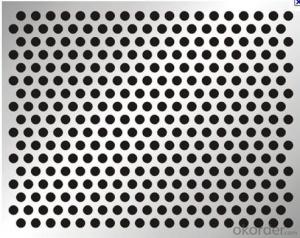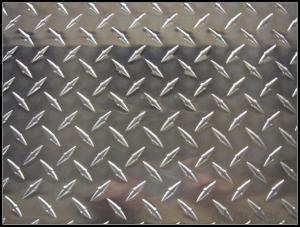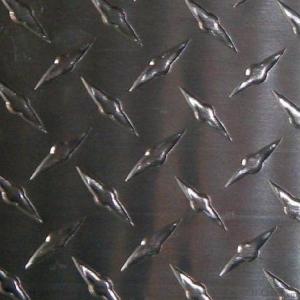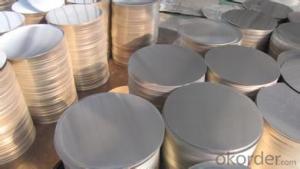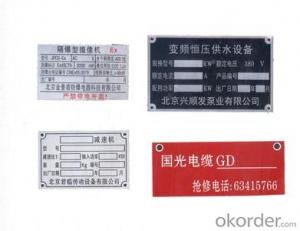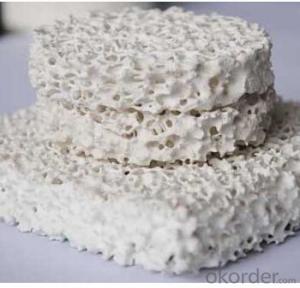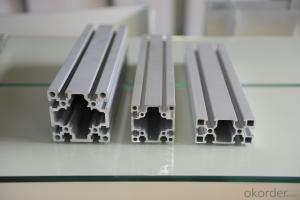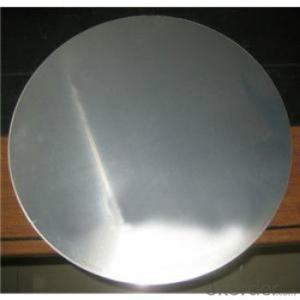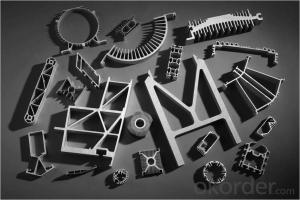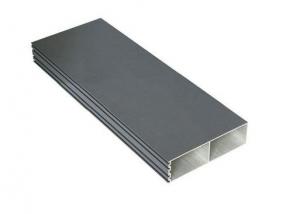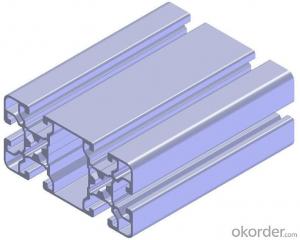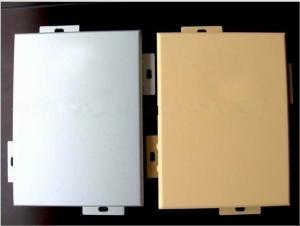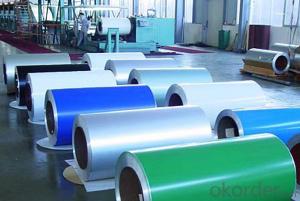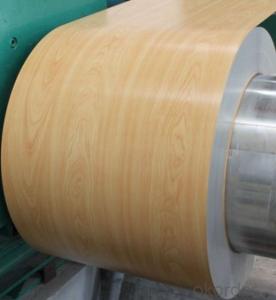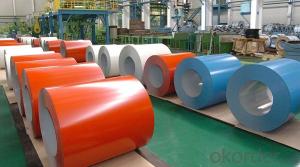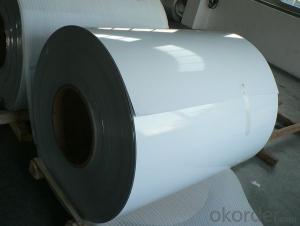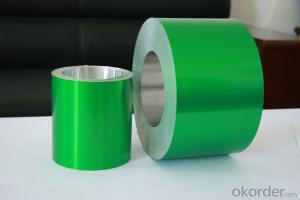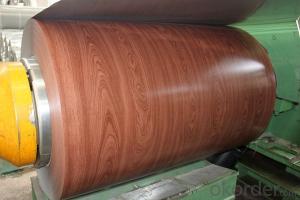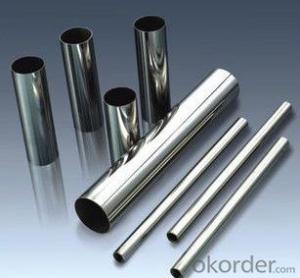Aluminum Plate Boat Kits
Aluminum Plate Boat Kits Related Searches
Aluminum Plate Boat Aluminum Plate Boat Plans Aluminum Ramp Plate Kit Aluminum Boat Capacity Plate Aluminum Boat Bow Plate Aluminum Boat Transom Plate Aluminum Plate Panels Aluminum Plate Buy Buy Aluminum Plate Marine Aluminum Plate Bow Plate For Aluminum Boat Aluminum Deck Plate Aluminum Plate Supply Aluminum Foil Boats Aluminum Build Plate Aluminum Cover Plate Aluminum Plate Armor Aluminum Deck Plate Products Marine Grade Aluminum Plate Aluminum Diamond Plate Boxes Aluminum Mounting Plate Aluminum Serving Platters Aluminum Floor Plate Aluminum Diamond Plate Cabinets Aluminum Flat Plate Aluminum Metal Plate Aluminum Surface Plate Aluminum Plate Wall Panels Cheap Aluminum Plate Aluminum Caul PlateAluminum Plate Boat Kits Supplier & Manufacturer from China
Aluminum Plate Boat Kits are a collection of high-quality boat components made from durable aluminum plates, designed to provide a lightweight and corrosion-resistant alternative to traditional boat materials. These kits typically include essential parts such as hulls, decks, and various fittings, allowing boat builders to assemble a sturdy and reliable vessel with ease. The versatility of aluminum plate boat kits makes them suitable for a wide range of applications, including recreational boating, fishing, and even commercial purposes. They are particularly popular among boat enthusiasts who value the ease of maintenance and the enhanced performance that aluminum construction offers over traditional materials.Aluminum plate boat kits are gaining popularity due to their numerous advantages in various usage scenarios. They are often preferred for their strength-to-weight ratio, which results in a more agile and fuel-efficient boat. Additionally, the non-magnetic properties of aluminum make these kits ideal for applications where magnetic interference could be a concern, such as in certain types of fishing or diving operations. The resistance to corrosion ensures that the boat remains in good condition even in harsh marine environments, reducing the need for frequent and costly repairs. This makes aluminum plate boat kits an attractive option for both hobbyists and professionals alike.
Okorder.com is a leading wholesale supplier of aluminum plate boat kits, boasting a large inventory that caters to the diverse needs of boat builders worldwide. With a commitment to quality and customer satisfaction, Okorder.com ensures that each aluminum plate boat kit is manufactured to the highest standards, providing customers with reliable and long-lasting products. Their extensive inventory allows them to offer a wide selection of boat kits, catering to different boat sizes, styles, and performance requirements. By partnering with Okorder.com, boat builders can access the materials they need to create their dream vessel, backed by the support and expertise of a trusted supplier in the industry.
Hot Products

